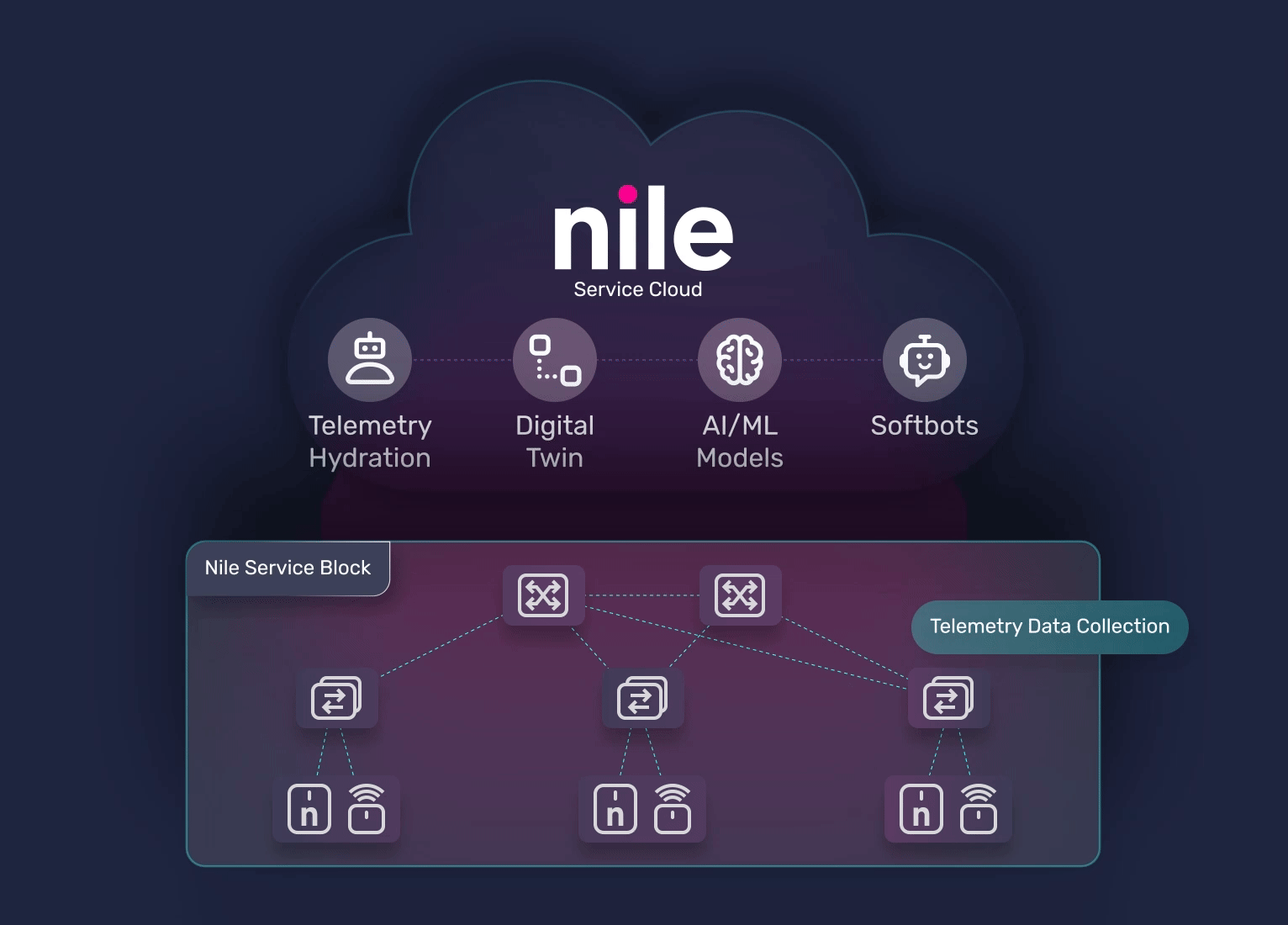Creating an AI networking strategy
Creating an effective AI strategy for network management is crucial for leveraging the full potential of AI networking. Here are some key tips:
Understand your network needs
Begin by assessing your current network infrastructure and identify areas where AI can bring the most benefit. Understanding specific network challenges and requirements is crucial for tailoring an AI strategy that aligns with your organizational goals.
Choose the right tools
Select AI tools and solutions that match your network’s architecture and desired outcomes. It’s important to choose tools that integrate well with chosen systems and can scale as your network grows. Ensure you gain AI networking capabilities that help with Day -n to Day N use cases, that are designed to provide IT efficiency.
Focus on data quality
AI-enabled solutions rely on data to make decisions. A vendor must ensure high-quality, accurate data for the effectiveness of your AI solution to deliver accurate outcomes. Invest in systems that can collect and process data efficiently, and are routinely re-trained.
Prioritize security and compliance
Implement AI solutions that adhere to security standards and compliance requirements. This is especially important given the sensitive nature of network data and the increasing number of cyber threats.
Understand the cost of implementation
The initial cost of implementing AI networking is typically included in the cost related to the management solution of network infrastructure and software. Ongoing maintenance and updates do not require more than maintaining the cost of a service or subscription to operate the network elements within a deployment.
Partner with a professional
For enterprises embarking on the journey of integrating AI into their networking strategy, partnering with a professional is invaluable. With Nile, organizations benefit from tailored AI networking solutions that align with their unique requirements, ensuring a seamless integration process.
Nile’s team of experts assist in every step of the implementation, from initial on-site surveys to ongoing support, making the transition to AI networking smooth and efficient. By collaborating with Nile, enterprises can confidently navigate the complexities of AI networking, ensuring they maximize the benefits while minimizing potential challenges.








